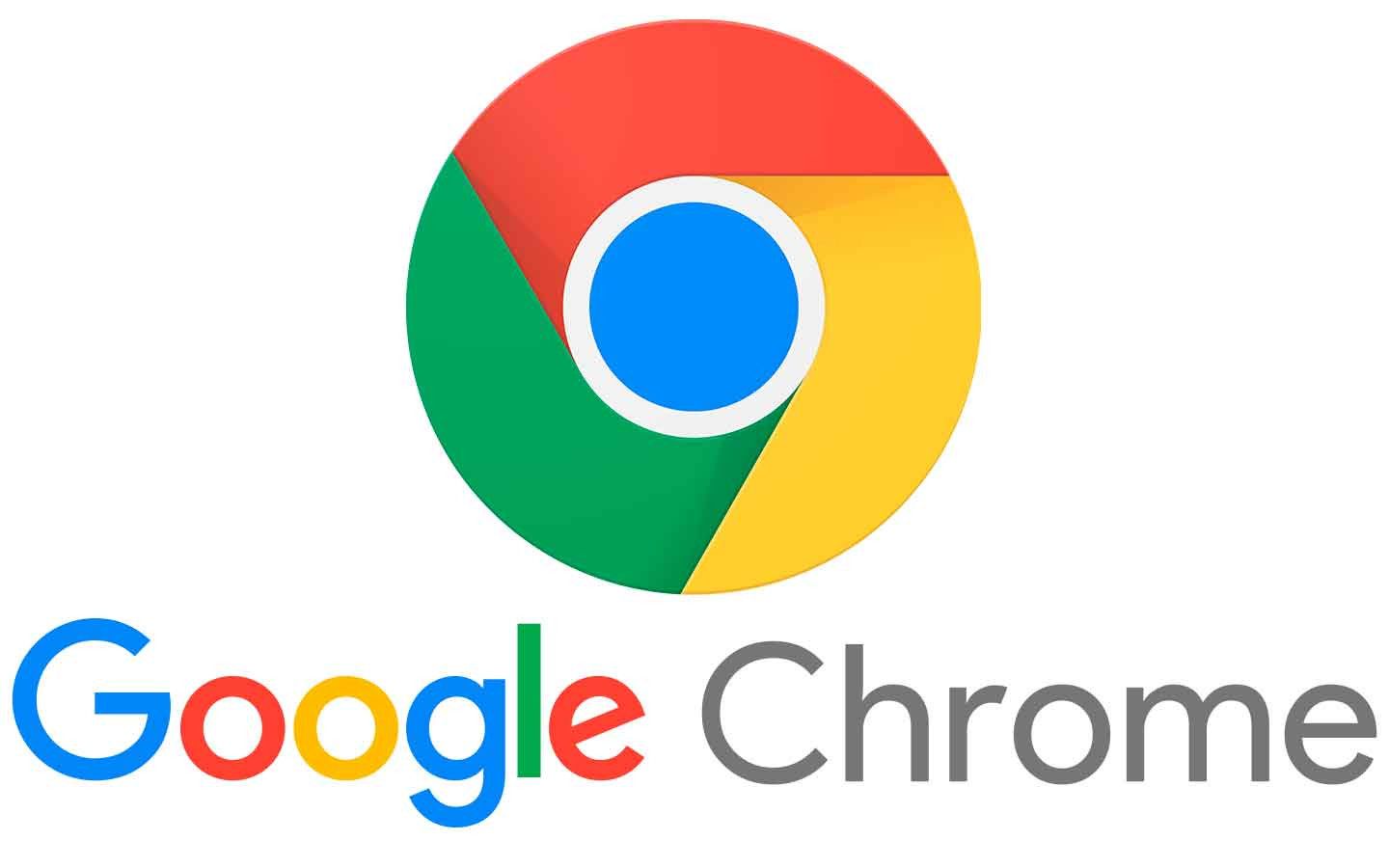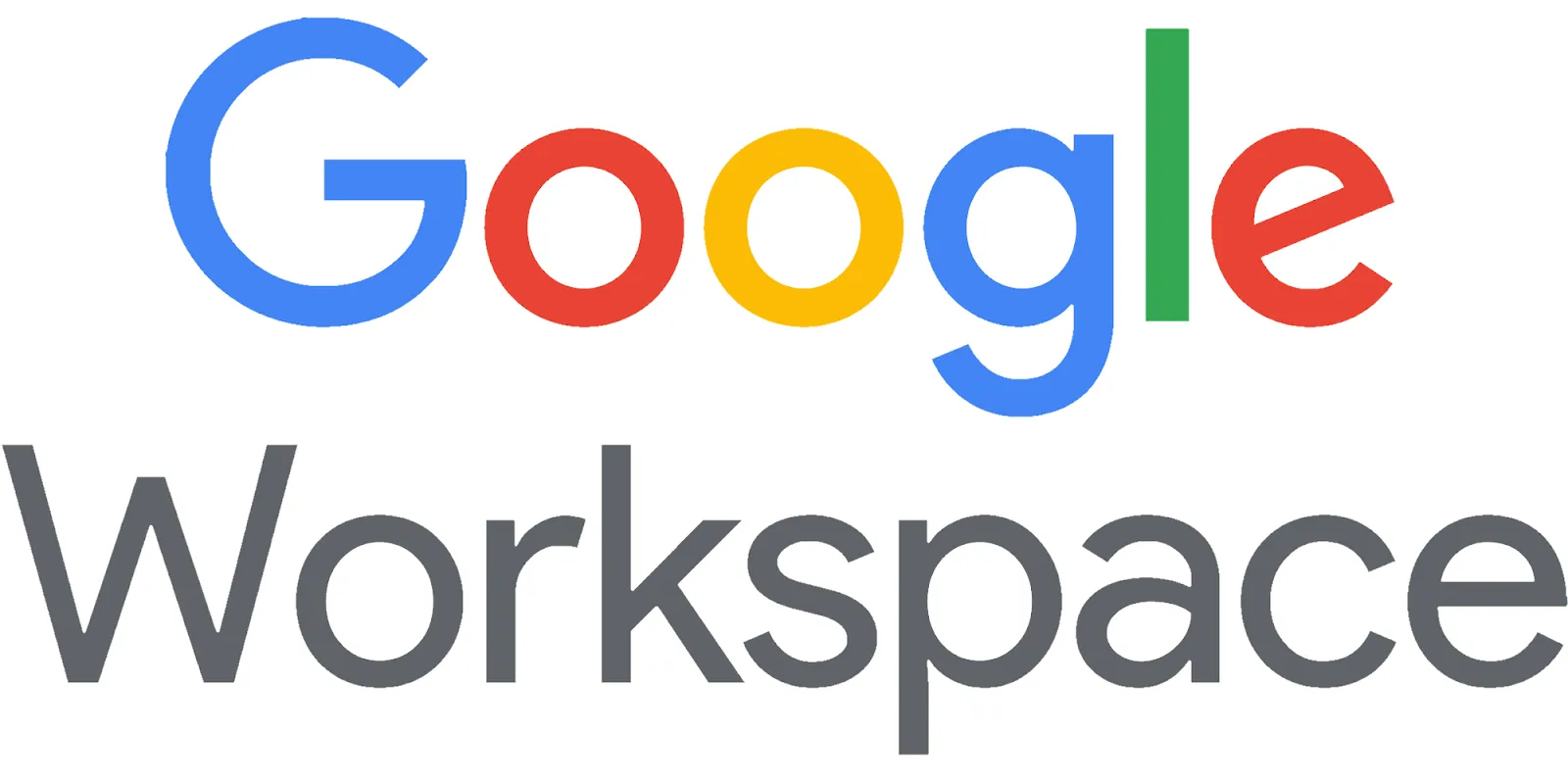How Google Shopping Works
How Google Shopping Works

Google Shopping is a powerful platform that connects consumers with retailers, allowing users to compare prices, read product descriptions, and view images before making a purchase. The service has transformed the way people shop online, providing a user-friendly interface and seamless experience. In this article, we will delve into how Google Shopping works, focusing on its key components and processes.
1. Retailer Participation
The journey begins with retailers who wish to showcase their products on Google Shopping. To do this, they must create an account with Google Merchant Center, a platform that allows them to upload their product data. Retailers are responsible for maintaining accurate and updated information, as this directly affects how their products are displayed in search results. By creating compelling product listings with high-quality images and detailed descriptions, retailers can enhance their visibility and attract more customers.
2. Creating a Product Data Feed
After setting up their Google Merchant Center account, retailers need to submit a product data feed. This feed contains essential details about each product, such as:
- Product title
- Description
- Price
- Availability
- Product images
- Category
A well-structured product feed is crucial for maximizing visibility on Google Shopping. Retailers can update this feed regularly to reflect changes in pricing, inventory, and product specifications, ensuring that consumers receive the most current information.
3. Google Search Integration
When a user conducts a search for a product on Google, the search engine employs complex algorithms to determine which products from the submitted feeds are most relevant to the user's query. Google Shopping ads and listings will appear at the top of the search results page, prominently showcasing the products along with images, prices, and retailer names. This strategic placement captures the attention of potential buyers actively seeking to make purchases.
4. Shopping Ads: The Heart of Google Shopping
Google Shopping primarily operates through shopping ads, which are visual advertisements displayed alongside search results. Retailers bid on keywords relevant to their products, and when a user searches for those keywords, Google displays the most relevant shopping ads. The placement of these ads is influenced by several factors, including:
- Bid amount: Higher bids generally result in better ad placement.
- Product relevance: Ads that closely match the search query are prioritized.
- Quality score: This score is based on the performance of the ads and the quality of the product data feed.
By optimizing their bids and improving product data quality, retailers can enhance their ad visibility on Google Shopping.
5. User Interaction and Experience
When users see shopping ads, they can click on them to access more detailed product information. This information typically includes:
- Product images
- Price comparisons
- Product reviews
- Link to the retailer’s website
Google Shopping also offers filtering options, allowing users to narrow down their search results based on various criteria, such as brand, price range, and customer ratings. This personalized experience enhances user satisfaction and increases the likelihood of making a purchase.
6. Analytics and Tracking for Retailers
For retailers, Google Shopping provides valuable analytics tools that allow them to monitor the performance of their products. Retailers can track key metrics such as:
- Click-through rates
- Impressions
- Conversion rates
- Return on ad spend (ROAS)
This data is essential for optimizing product listings and adjusting marketing strategies. Retailers can identify which products are performing well and which may require improvements in their descriptions, pricing, or advertising strategies.
7. Remarketing and Retargeting Strategies
Another effective strategy used in Google Shopping is remarketing. Retailers can target users who have previously visited their product pages but did not complete a purchase. By showing tailored ads to these users on Google Shopping, retailers can encourage them to return and finalize their purchase, thus improving conversion rates.
8. Benefits of Google Shopping
Google Shopping offers numerous benefits to both consumers and retailers. Some of the key advantages include:
- Increased visibility: Products are prominently displayed to users searching for related items.
- Enhanced user experience: Users can quickly compare prices and products from different retailers.
- Data-driven insights: Retailers gain valuable insights into customer behavior and product performance.
- Cost-effective advertising: Retailers can manage their budgets effectively and only pay when users click on their ads.
Conclusion
Google Shopping serves as a powerful platform that connects consumers with retailers, enhancing the online shopping experience. By understanding how Google Shopping works, both consumers and retailers can make informed decisions, benefiting from a streamlined process that facilitates product discovery and purchase. Whether you're a consumer looking for the best deals or a retailer aiming to increase sales, Google Shopping offers tools and opportunities to achieve your goals.
Google Shopping Articles
- What is Google Shopping?
- How Google Shopping Works
- User Experience with Google Shopping
- Advantages of Google Shopping
- SEO and Google Shopping
- Targeted Advertising and Campaigns with Google Shopping
- Google Shopping and Mobile Usage
- Success Stories: How Businesses Thrive with Google Shopping
- Future Trends in Google Shopping
- Conclusion and Recommendations for Google Shopping









Comments
Post a Comment